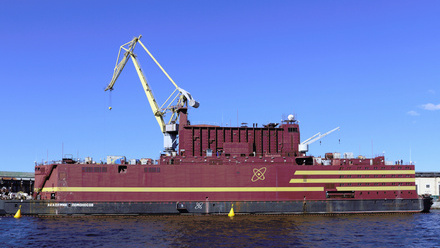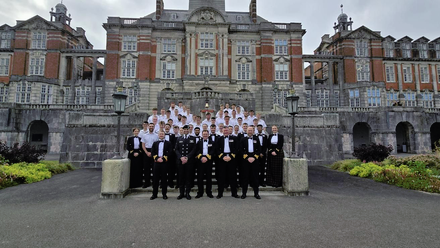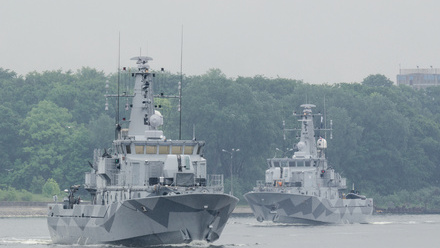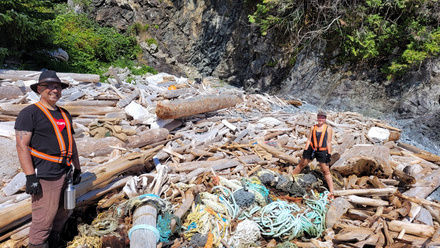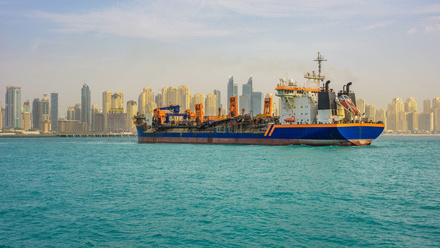Emerging tech to improve naval warfare
Engine as a Weapon XI will focus on nuclear propulsion, developing capabilities fast and quantum technology.
In an increasingly digital world, the once-clear boundary between the marine sector and weapons systems is becoming blurred.
Taking place this November 26-27 in Portsmouth, England, Engine as a Weapon XI will explore how emerging technologies and techniques can be leveraged to increase warfighting advantage, presenting research spanning a broad range of existing and developing fields.
The conference will be of particular interest to professionals and leaders working with platform and marine systems, combat and weapon systems, as well as engineers, scientists, technologists, researchers, designers, consultants, manufacturers, integrators, maintainers, and operators. It also welcomes those from government, industry, and academia, including graduates, students, and apprentices.
This year’s event will include presentations from the United Kingdom, various countries in the European Union, and India, offering an international perspective on current and emerging defence technologies.
"It's great to see increasing attention for this conference and defence-related topics," says Jasper Vollbrandt, who is part of the Technical Advisory Committee that reviews and approves the conference papers.
Although the conference is very much about defence, “[It] is quite broad in what it covers,” Vollbrandt states. Attendees can expect discussions on rapidly developing capabilities, novel materials and manufacturing approaches that bring innovation closer to the front line, and the growing role of autonomous systems.
Advanced technologies such as quantum computing, machine learning, and next-generation communications networks will be explored, alongside developments in energy storage, propulsion, and power distribution. Sessions will also examine unconventional threats, system-of-systems integration, and the delivery of the Maritime Architecture Vision (MAV) through open architecture and digital twinning, all aimed at supporting both legacy and new-build naval platforms.
As a mechanical engineer, Vollbrandt is particularly intrigued in the sessions that involve propulsion systems – including nuclear power.
“It’s always very interesting to see how they are trying to get those systems into vessels,” he explains. Outside of his immediate area of expertise, Vollbrandt is also looking forward to sessions on drones and automated surface combatants. “They already play - and are going to continue to play - a very important role in naval warfare, so it's good to keep an eye on those developments.”
On Wednesday 26th, Vollbrandt will chair session five: 'Securing and Scaling Naval Digital Infrastructure', which covers effective and sustainable design choices for future naval combatants including decentralised energy storage, thermal storage solutions and variable speed generators.
Beyond the presentations
Alongside learning about developments, Vollbrandt says one of the event's strengths is the networking opportunity.
In the defence world, it is common for those in the design and engineering to work in a bubble, he says. “With these conferences, there’s cross-connection, and you realise someone else is working on the same problems as you. I like that exchange very much. It’s an opportunity to talk to many different people – military personnel, industry partners, and academic researchers – and share ideas in a way you don’t often get to do.”
Tell us what you think about this article by joining the discussion on IMarEST Connect.
Register for Engine as a Weapon XI now.
Image: Royal Navy helicopter on ship deck. Credit: Shutterstock.

